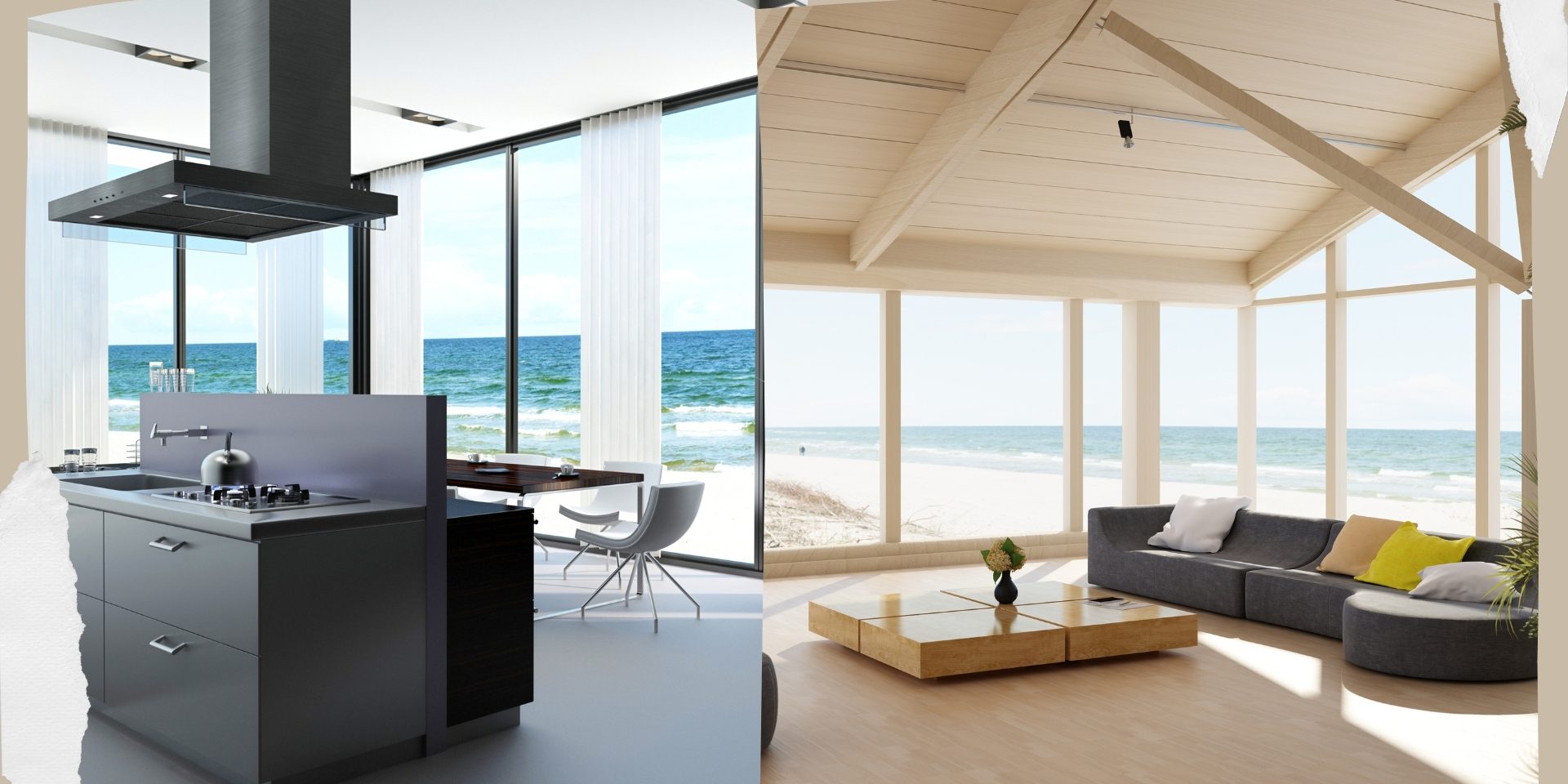All Categories
Featured
Table of Contents
Windows Of Opportunity: Your Guide To High-performance ... in Hillarys WA
Glazing simply implies the windows in your home, including both openable and fixed windows, along with doors with glass and skylights. Glazing really simply implies the glass part, however it is generally used to refer to all elements of an assembly consisting of glass, films, frames and home furnishings. Taking notice of all of these elements will assist you to attain efficient passive style.

Energy-efficient glazing makes your home more comfy and drastically lowers your energy costs. Inappropriate or badly designed glazing can be a major source of undesirable heat gain in summer season and considerable heat loss and condensation in winter season. Up to 87% of a house's heating energy can be gained and approximately 40% lost through windows.
Window Glazing For Households - Energy in Landsdale Perth
Glazing is a considerable investment in the quality of your home. A preliminary financial investment in energy-efficient windows, skylights and doors can greatly lower your yearly heating and cooling bill.

This tool compares window selections to a base level aluminium window with 3mm clear glass. Understanding some of the essential properties of glass will help you to pick the best glazing for your home. Key residential or commercial properties of glass Source: Adapted from the Australian Window Association The amount of light that passes through the glazing is understood as noticeable light transmittance (VLT) or visible transmittance (VT).
Double Glazing Australia Blogs in Midvale Western Australia
The U value for windows (expressed as Uw), explains the conduction of the whole window (glass and frame together). The lower the U value, the greater a window's resistance to heat circulation and the much better its insulating value.
For instance, if your house has 70m2 of glazing with aluminium frames and clear glass with a U worth of 6. 2W/m2 C, on a winter's night when it is 15C cooler outside compared to inside, the heat loss through the windows would be: 6. 2 15 70 = 6510W That is comparable to the total heat output of a big space gas heater or a 6.
Why Double-glazed Windows Are A Must in Mindarie Perth

If you select a window with half the U value (3. 1W/m2 C) (for example, double glazing with an argon-filled space and less-conductive frames), you can cut in half the heat loss: 3. 1 15 70 = 3255W The solar heat gain coefficient (SHGC) for windows (expressed as SHGCw) measures how easily heat from direct sunlight streams through a whole window (glass and frame together).
The lower a window's SHGC, the less solar heat it sends to the house interior. The real SHGC for windows is impacted by the angle that solar radiation strikes the glass.
Carnegie 3163, Vic. Amazing Service By Aps Double Glazing in Wexcombe WA
When the sun is perpendicular (at 90) to the glass, it has an angle of occurrence of 0 and the window will experience the maximum possible solar heat gain. The SHGC stated by glazing makers is constantly determined as having a 0 angle of occurrence. As the angle increases, more solar radiation is reflected, and less is transmitted.
Latest Posts
Double Glazed Windows in West Leederville Perth
Double Glazed Windows Melbourne in Medina Western Australia
Double Glazing Companies Near Me Reviewed 2023 in Huntingdale WA